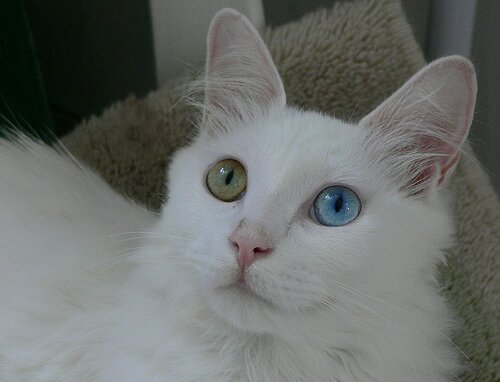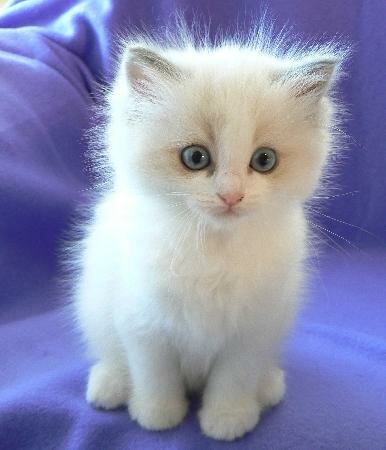Turkish Angora


Considered a national treasure in its home country of Turkey, the Turkish Angora can trace its ancestry back to the Ankara region of Turkey to at least the 16th Century. Having most likely originated in the mountains, the Turkish Angora is believed to have developed its silky, medium-length coat as protection from the cold. Though the iconic Turkish Angora is white, breeders have increasingly developed them in different colors, including black, blue and tabby. The CFA currently recognizes more than 20 color varieties of Turkish Angora. In the early 1900s, the Turkish Angora was bred with Persians indiscriminately and almost ceased to exist as their own breed. Thanks to a controlled-breeding program in Turkey, the breed has continued to grow in numbers. However, every Turkish Angora registered with the CFA must be able to trace its lineage back to Turkey. The first Turkish Angora on record arrived in America in 1954, the breed quickly became popular for its beautiful-but-low-maintenance white coat, almond-shaped eyes, and large head. Playful and friendly, the Turkish Angora is extremely intelligent, good with children, and loves to provide entertainment for all comers.
6. Ragdoll

First created in the 1960s by a breeder in California, Ragdolls are known for their long silky coats and extremely relaxed and gentle temperaments. Indeed, Ragdolls are carefully bred for just such features. Larger than most other breeds, Ragdolls males reach between 15-20 pounds and the females weigh as much as 10-15 pounds. They sport a semi-long, silky coat and striking bright blue eyes. Due to their large size, Ragdolls mature at a slower rate than other cats, not realizing their true size until around 4 years of age. The CFA recognizes three variations of this “pointed” breed, two with patters containing white (mittened and bi-color) and one with no white at all (colorprint). As a result of careful breeding, Ragdolls are considered to be more interested in their human owners than some other breeds, often following their owners from room-to-room and enticing them to play “fetch.” Careful with their teeth and nails, Ragdolls are quiet and non-confrontational. Because of their relaxed and non-aggressive nature, Ragdolls should never be allowed outside unsupervised.
No comments:
Post a Comment